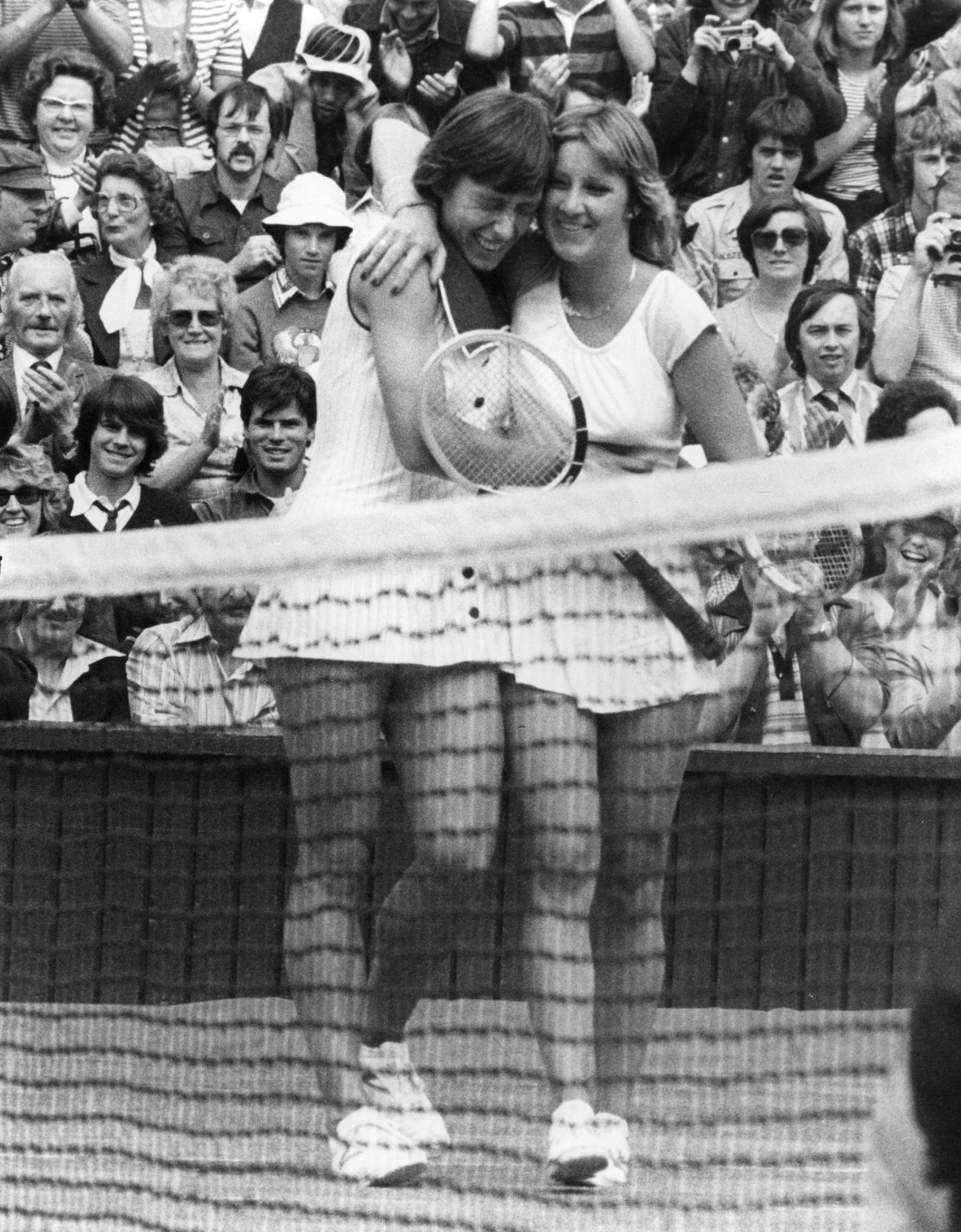
Women’s Tennis Still Awaits Its Next Age of Rivalries
Though she has faced a bevy of challengers in the past decade or so — Victoria Azarenka, Maria Sharapova, Caroline Wozniacki and Garbiñe Muguruza, to name a few — Williams’s toughest rival has been the history books.
Brad Gilbert, a former top-10 player and longtime ESPN analyst, said Williams “hasn’t even come close to having a rival.”
“She kind of wiped out the field,” Gilbert said.
But Williams, who is expecting her first child in September, has not played on tour since winning the Australian Open in January. Her absence has created a wide-open season.
The last two Grand Slam women’s events have been downright tumultuous, with Jelena Ostapenko, ranked 47th at the time, making a shocking run to the French Open title, and Muguruza breaking a yearlong slump to win Wimbledon.
Even Venus Williams, 37, has helped fill the void left by her sister with a resurgent season.
Going into this year’s U.S. Open, which begins Monday, top-ranked Karolina Pliskova, No. 2 Simona Halep, Muguruza, Angelique Kerber, Elina Svitolina, Wozniacki and Jo Konta — not to mention the 2006 Open champion Sharapova, who was granted a wild card — are among the women with a realistic chance to take home the trophy.
Gilbert said any of 30 women could prevail in New York. “I’ll be stunned if we don’t have a fourth different winner of a Slam,” he said.

Credit
Rob Taggart/Central Press, via Getty Images
This wide-open, rivalry-free scene is a far cry from the days when the women’s game provided an abundant supply of must-see matchups, much as the Big Four of Nadal, Federer, Novak Djokovic and Andy Murray have brought to the men’s side for the last decade.
“There were, like, 20 straight years of really serious, intense rivalries, which was one of the reasons why women’s tennis came to the fore,” said Pam Shriver, who played Evert and Navratilova dozens of times in her career.
“So we were spoiled for a long time,” Shriver added. “I think tennis will live and grow even if there aren’t rivalries, but when we look back, it sure was nice.”
Evert recalled her match with Evonne Goolagong of Australia as a breakthrough in the women’s game. They had burst onto the tennis scene as young phenoms in the early 1970s, and faced each other for the first time in the semifinals of Wimbledon in 1972.
“It was a rivalry before we played, because it was so built up,” Evert said. “That was the beginning of women’s tennis. The only other rivalry that we’d seen was Margaret Court and Billie Jean King, and they were 30 years old by that time.”
In the late 1990s and into the 2000s, the Williams sisters battled memorably against another teen phenom, Martina Hingis; add in other top-ranked stars with multiple Grand Slam titles like Lindsay Davenport, Jennifer Capriati, Justine Henin and Kim Clijsters, and highly entertaining matchups were abundant in the later stages of Grand Slam tournaments. But injuries and early retirements stopped many of those burgeoning rivalries in their tracks.
“To me, the last great one was Monica and Steffi,” Evert said, referring to Monica Seles and Steffi Graf. “What it takes is two contrasting players being at the top for a number of years. A rivalry doesn’t even start until three, four years into the rivalry. It’s got to prove itself legitimate. It’s got to prove itself in a lot of ways.”
The lack of contrast prevented the highly celebrated Serena-vs.-Venus matchup from becoming a truly classic rivalry, Evert said.
“They played the same way,” she explained, citing the power-based game of both players. “And they’re sisters, and that didn’t help because it was an uncomfortable feeling when you watched it.”
Looking to the present and future, some experts are cautiously optimistic that another wave of intense rivalries may be in sight.
At Wimbledon, Muguruza’s tense three-set thriller against Kerber, then ranked No. 1, was arguably the best match of the tournament. But it was a fourth-round match played on Court 2, not a late-tournament showcase.
Evert pointed to Muguruza and Madison Keys, the rising American star who won the WTA event in Stanford, Calif., this summer, beating Muguruza in the semifinals. Last week, Muguruza outlasted Keys in three sets in the round of 16 of the Western and Southern Open near Cincinnati, the last major tuneup for the U.S. Open.
Continue reading the main story


